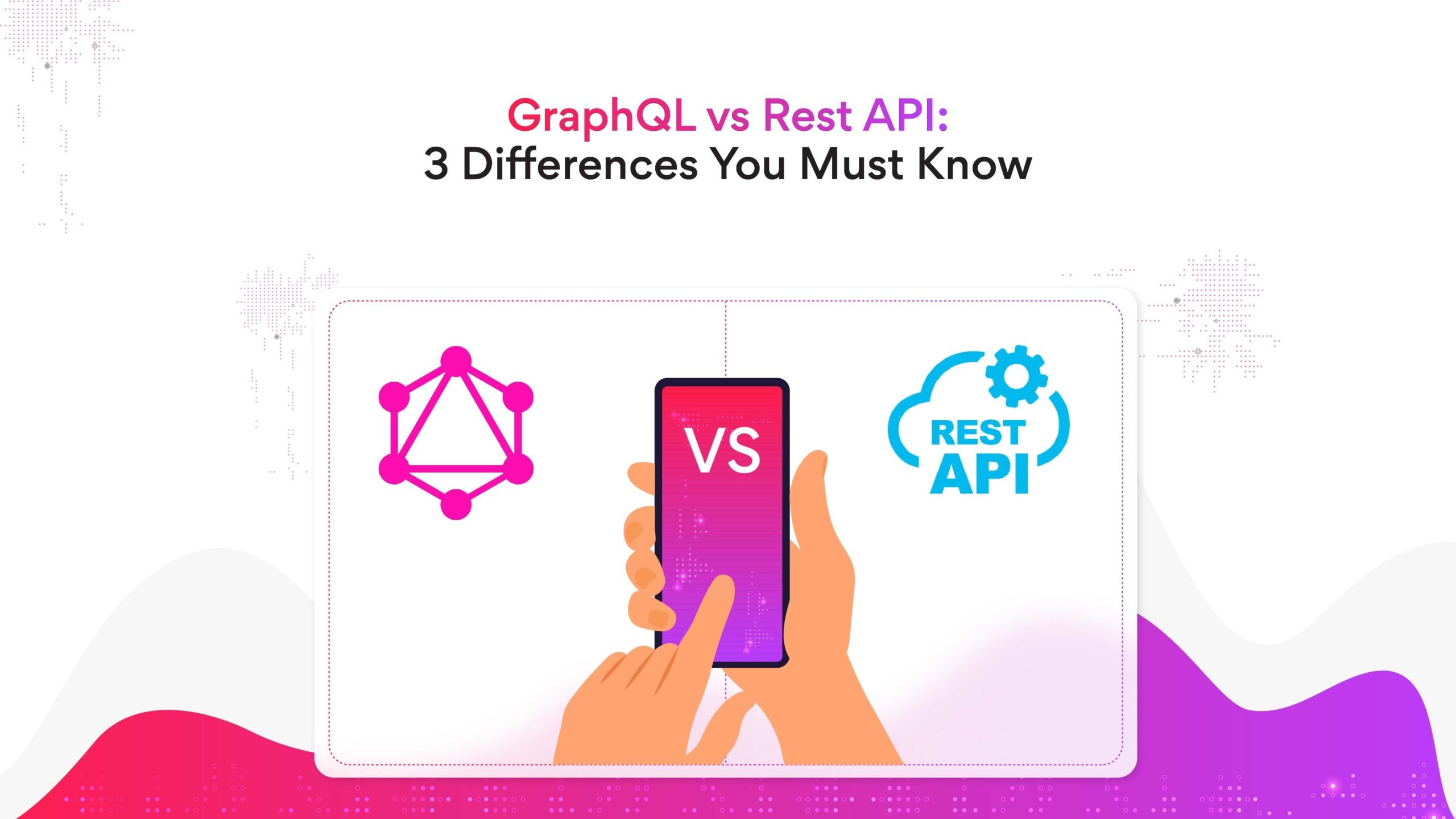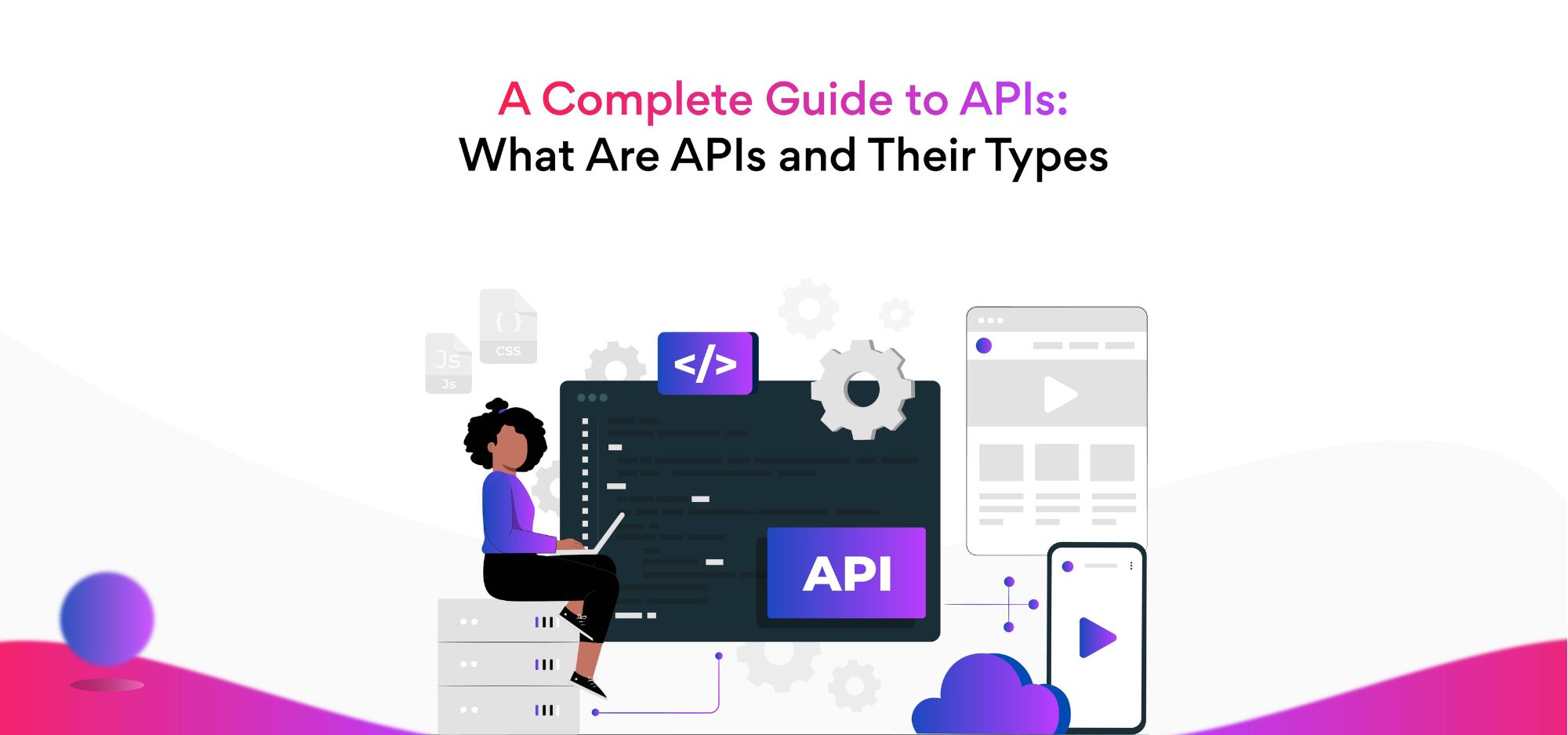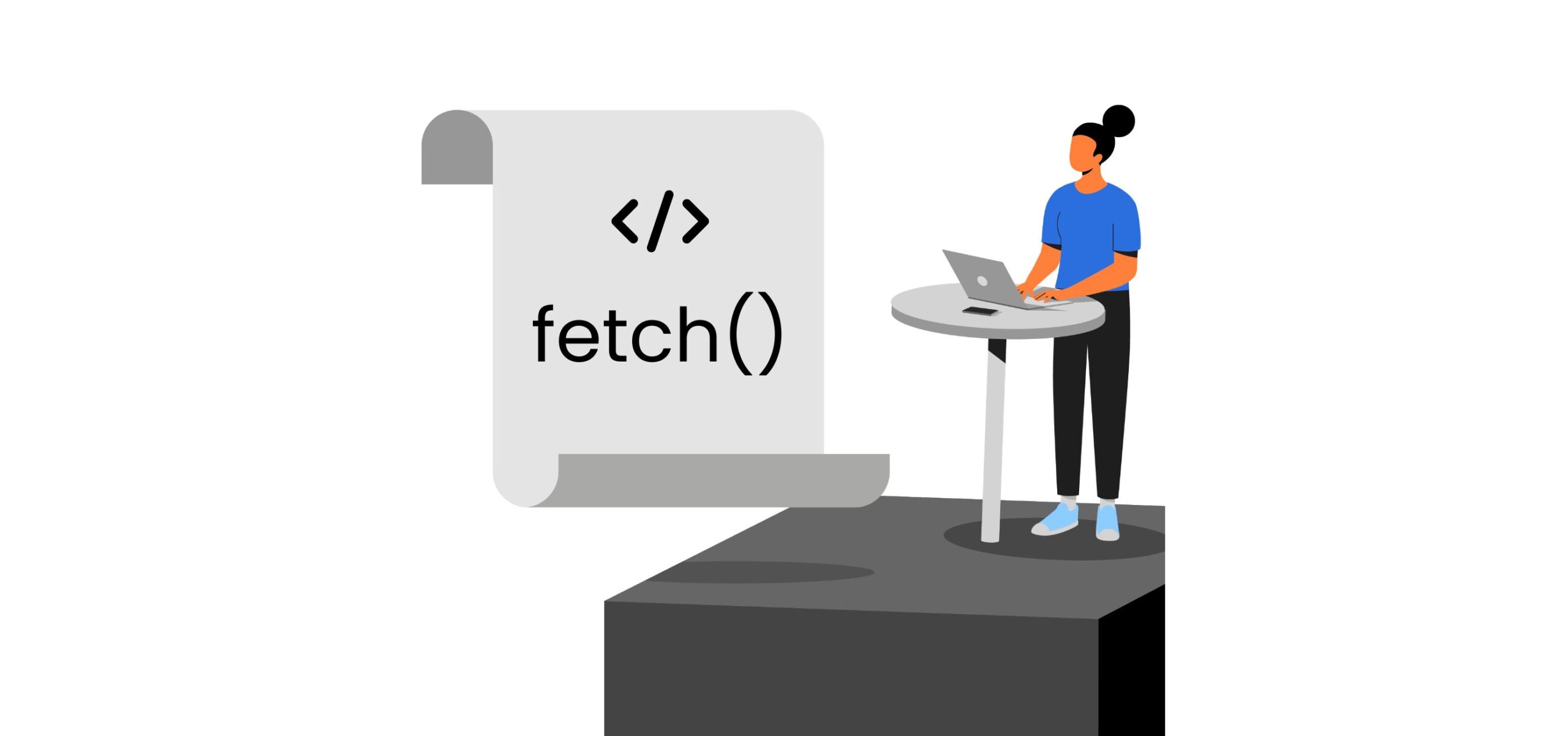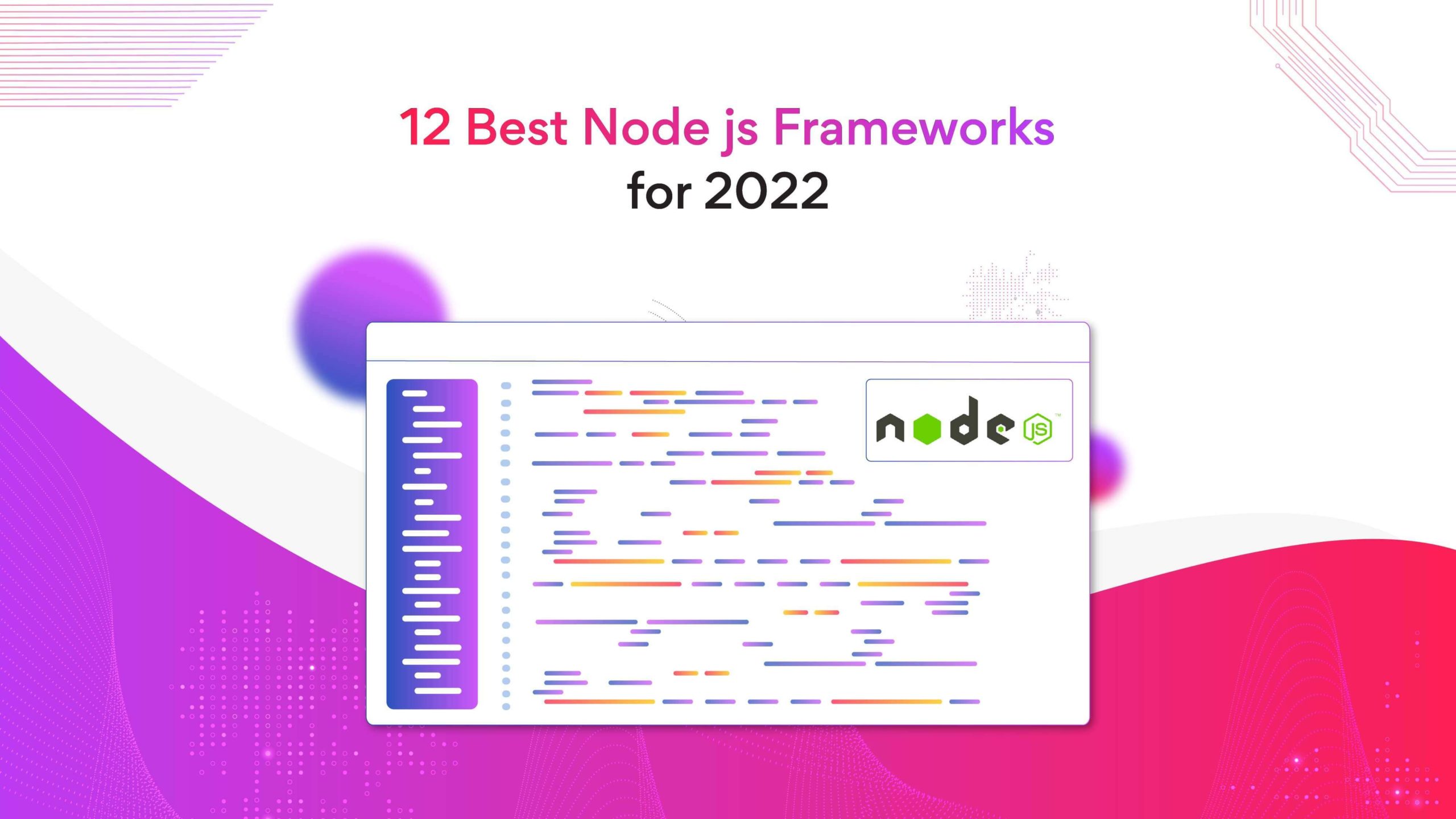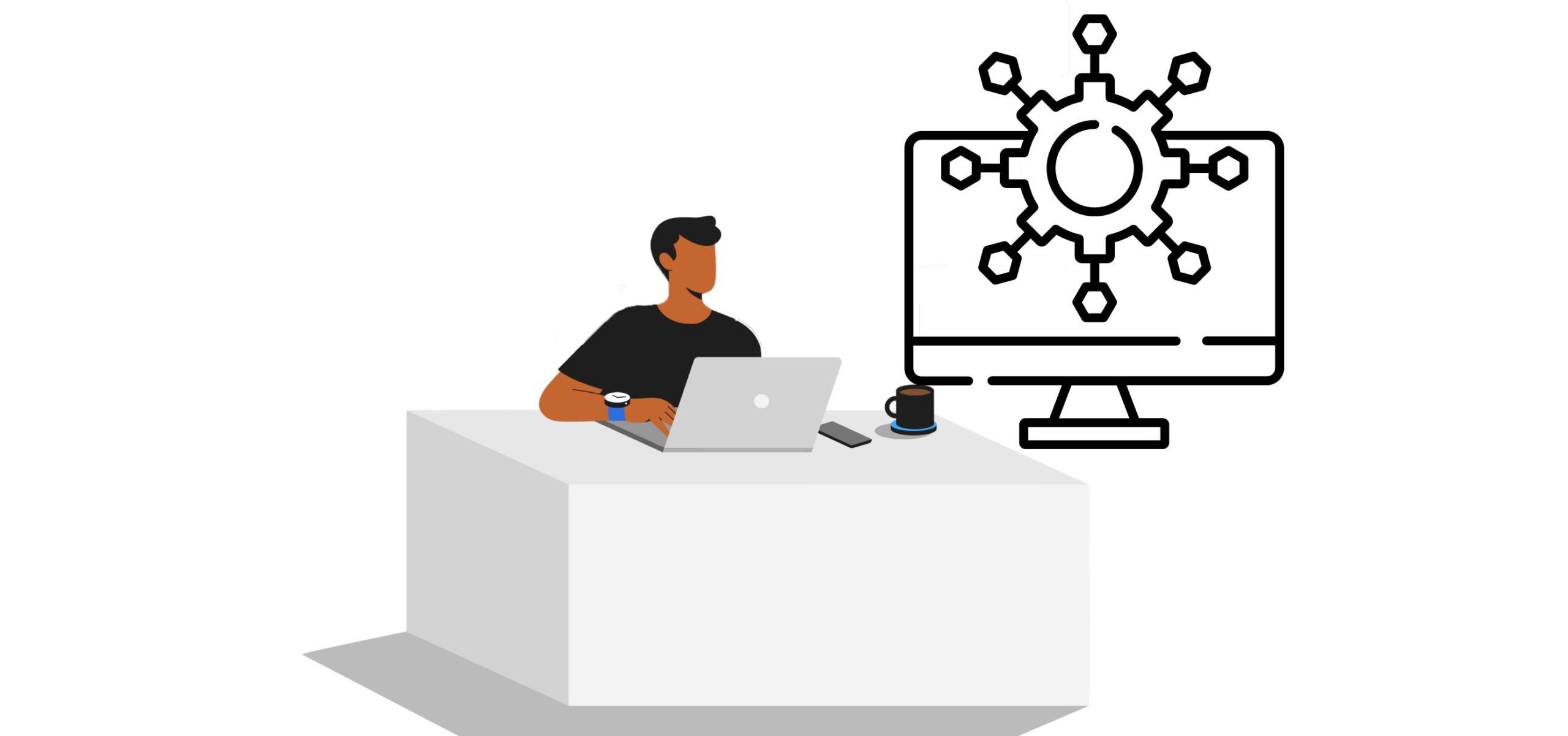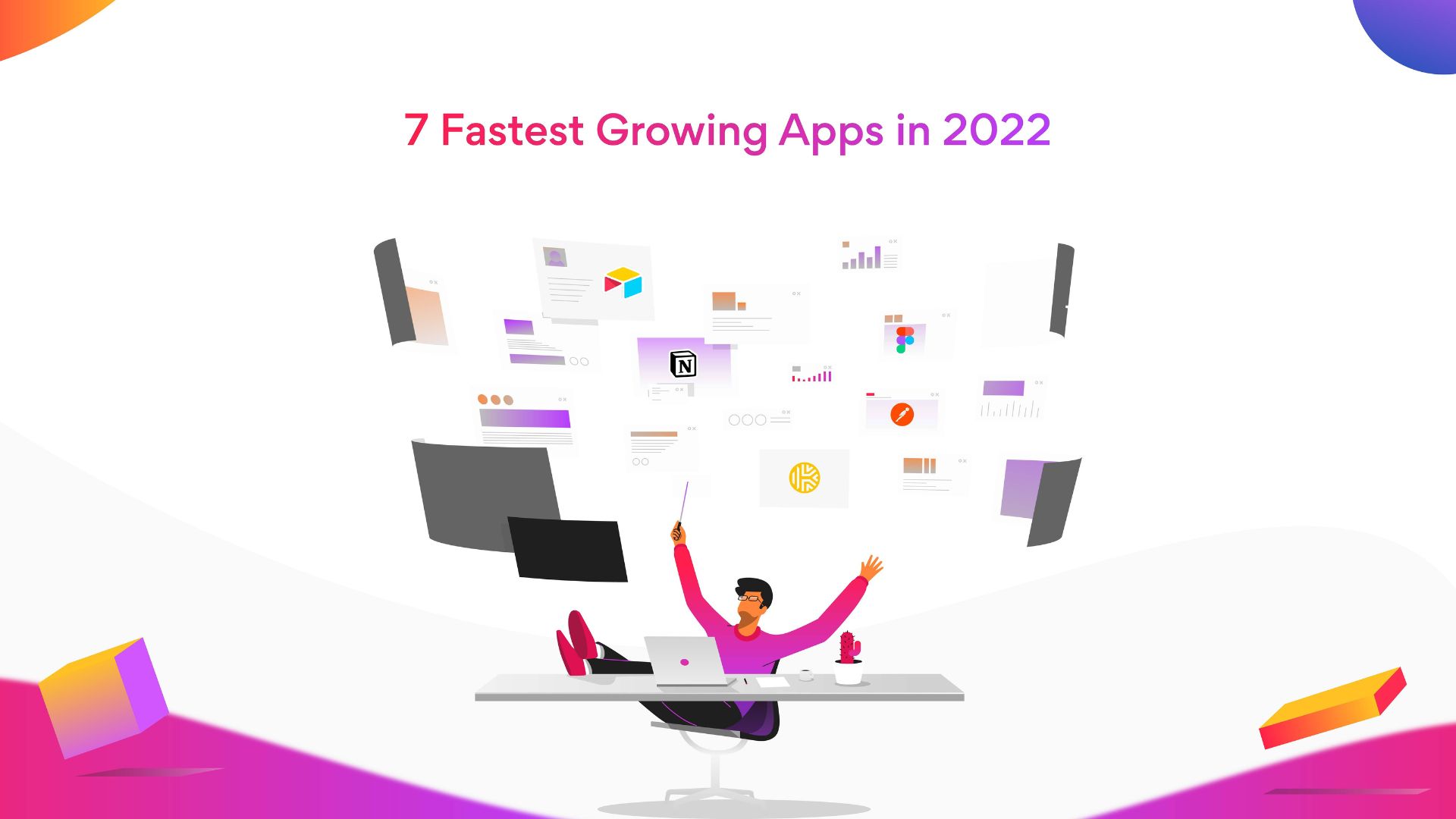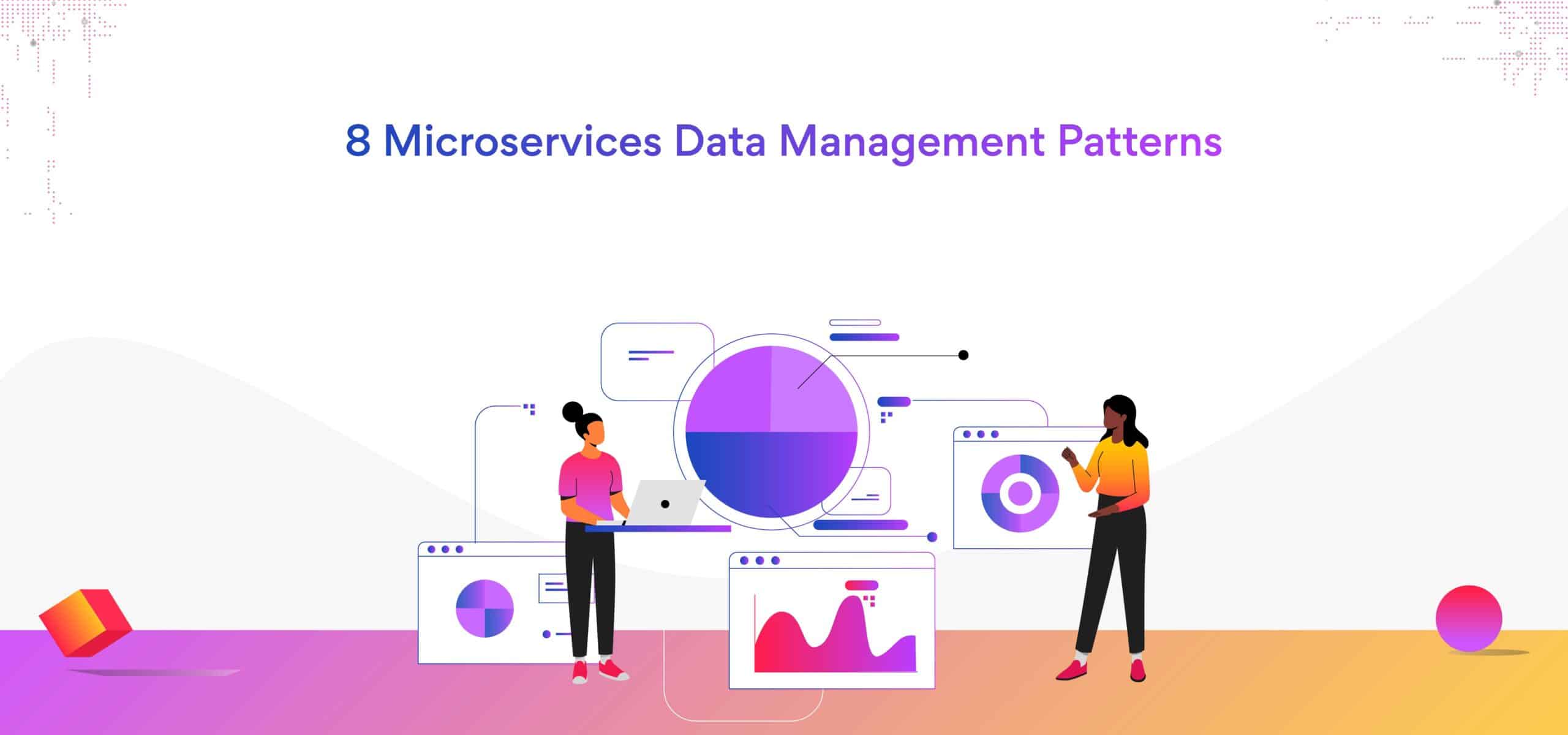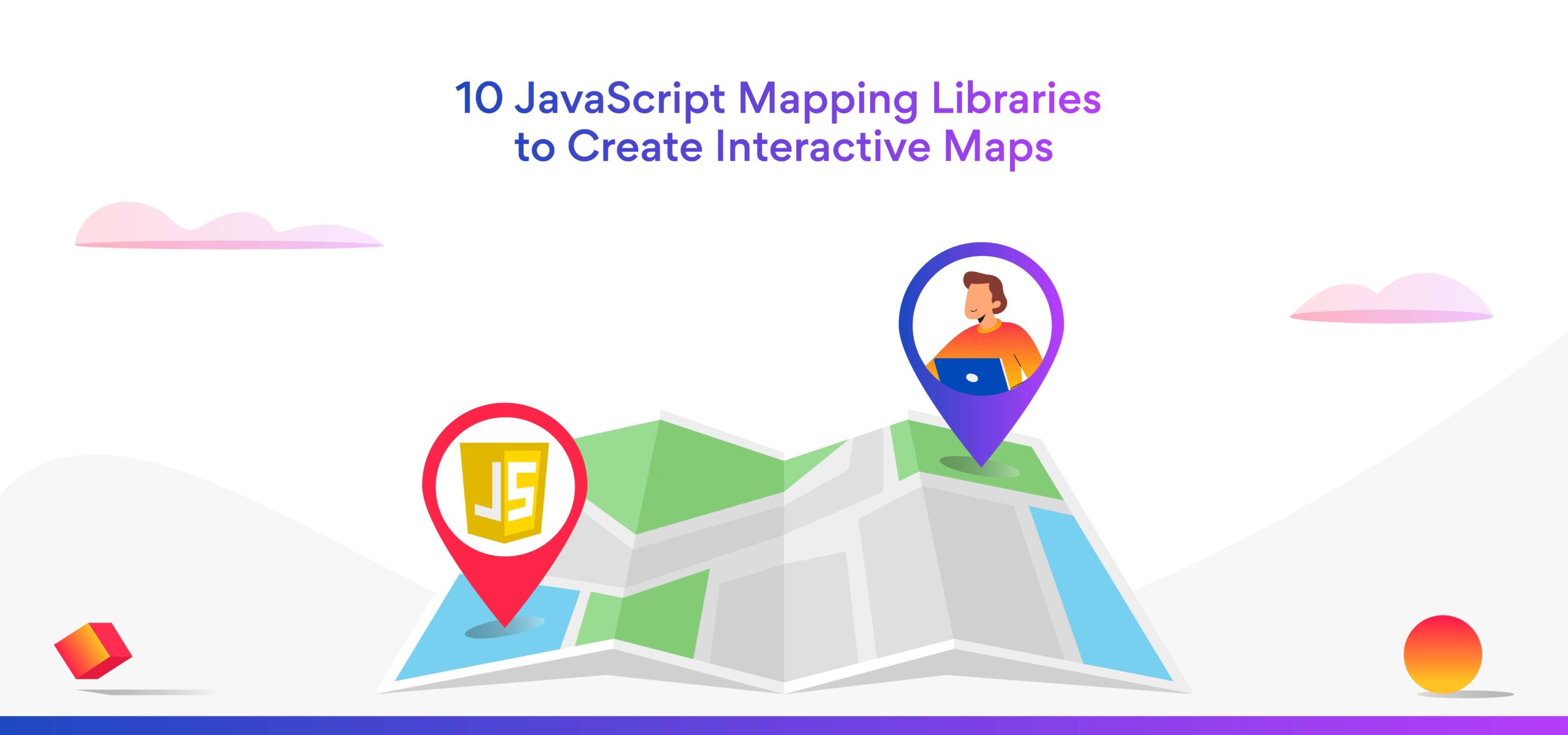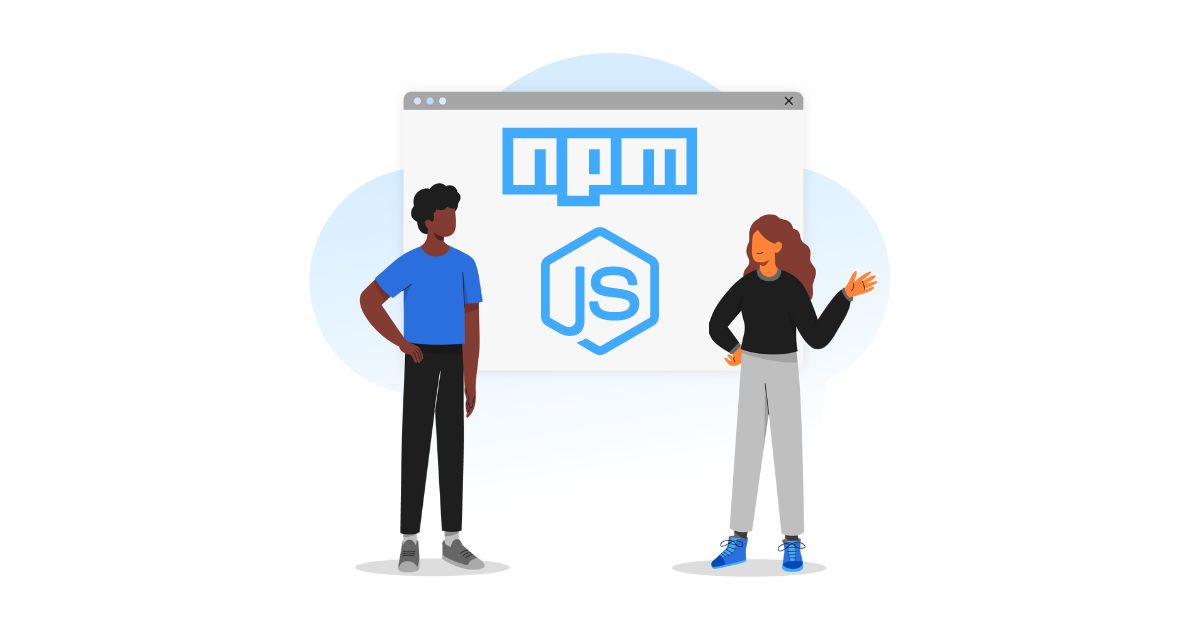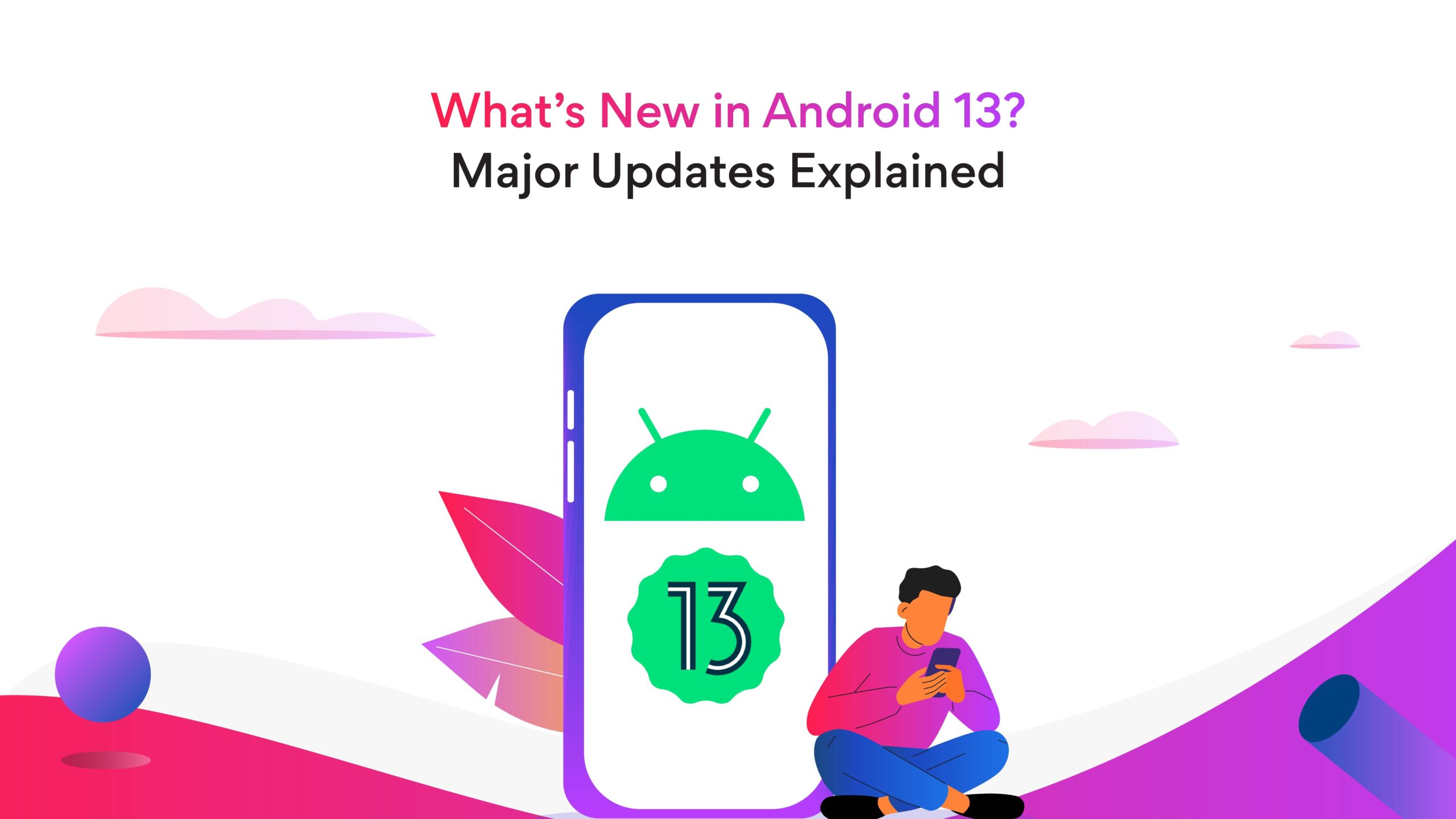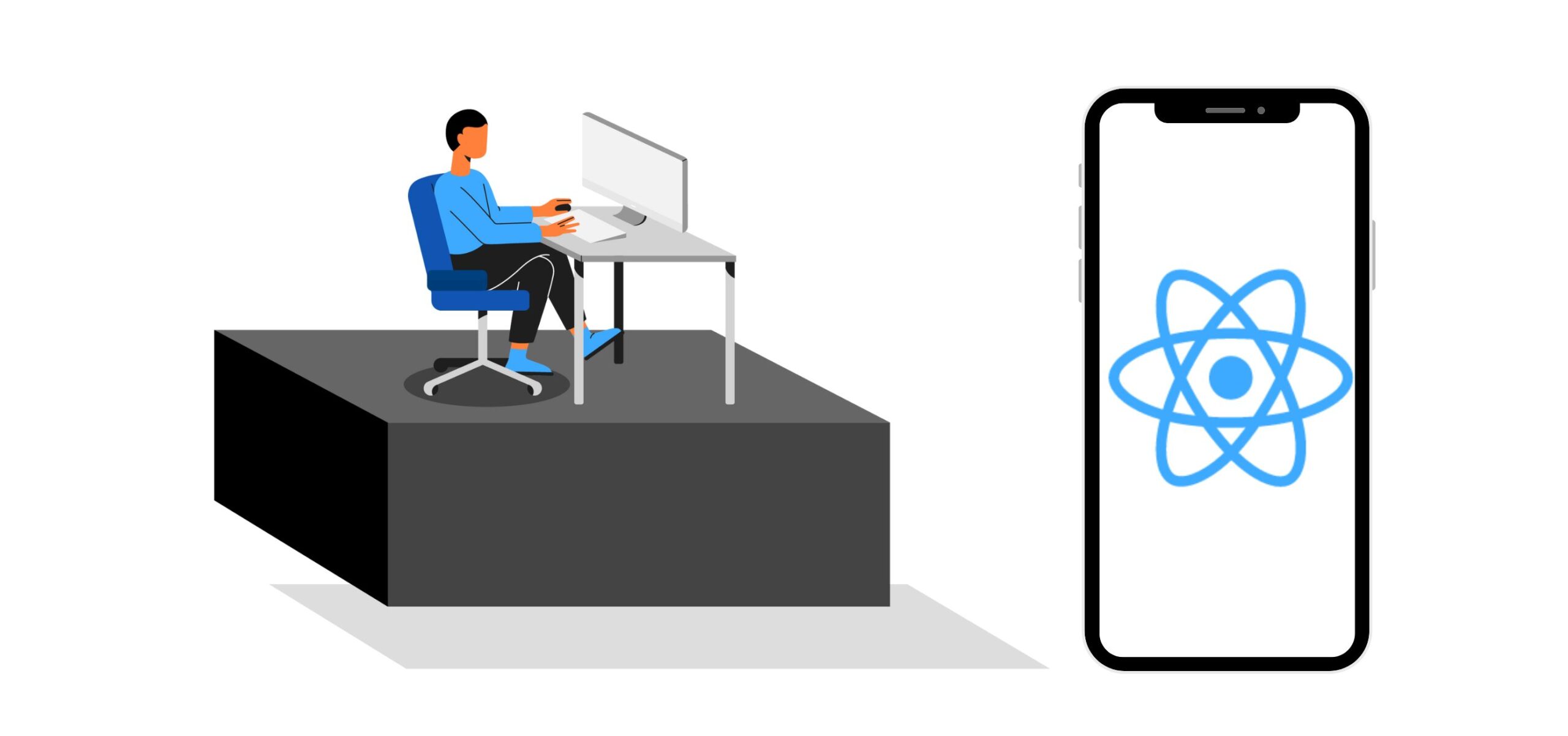GraphQL vs Rest API: 3 Differences You Must Know
GraphQL vs Rest: Is GraphQL better than Rest API? Is there a big difference between GraphQL and Rest API? What are the advantages of the REST API? Is GraphQL good for microservices?
This post will help you answer all these questions. Let’s get started.
Application Programming Interfaces or APIs allow software applications with distinct functions to access data and communicate with operating systems, microservices, and external software components. The four common ways in which APIs communicate are SOAP APIs, Websocket APIs, RPC APIs, and REST APIs.
REST is an architectural style that helps develop APIs. In the REST API, the client sends server requests as data, and the server returns output data to the client. The client requests are in the form of a URL, and the server response is in plain text instead of a graphical rendering of web pages.
On the other hand, GraphQL is a flexible and efficient data query language that solves common data retrieval problems by integrating APIs. GraphQL requests allow developers to pull data from different sources in a single API call.
Rest API and GraphQL are different methods for data retrieval. This post will take you through both APIs to help you make the right choice.
What is the REST API?
Representational State Transfer or REST is a popular software architectural style that helps develop web services using a set of constraints. REST, a.k.a. The REST API, provides an easy way of accessing web services using only HTTP requests. The client sends a request to the server as a URL through the REST API.
The REST request is made up of an HTTP method, endpoint, body, and header. An endpoint contains the uniform resource identifier, headers contain information for caching, authentication, and AB testing, and the body contains information about the request payload.
There are five common HTTP commands in REST-based architecture, namely GET, POST, PUT, DELETE, and PATCH, for client-server communication. When paired with data, these methods perform CREATE, DELETE, READ and UPDATE operations.
What is GraphQL?
GraphQL is an open-source data query and manipulation language for APIs. GraphQL is useful for executing queries with existing data. GraphQL can optimize RESTful API calls that offer a declarative way of updating and fetching your data.
With GraphQL, developers can choose the type of requests to load data from server to client and ask for specific pieces of data. GraphQL is made up of schema, resolve functions and queries.
GraphQL schema defines the hierarchy of fields and types from data-back stores to describe the shape of data. The GraphQL schema specifies the available queries and mutations for clients to execute. To connect the data to the graph, you must write resolve functions and specify the details in the query to fetch relevant data.
Here are the key differences between GraphQL and REST API:
-
GraphQL vs Rest API: Usability
GraphQL allows you to send a request to your API to get the exact result without requiring any other inclusions. Thus, GraphQL queries return highly predictable results providing excellent usability. GraphQL follows a simple approach and does not version APIs.
The REST API utilizes HTTP and URI methods that make it difficult for the API to predict what will happen while calling a new endpoint. REST does not have standardized guidelines for versioning, allowing providers to use their own approach.
-
GraphQL vs Rest API: Security
REST API uses HTTP, supports Transfer Layer Security encryption, and offers multiple API authentication methods. TLS ensures that the data exchange between two systems is unmodified and private. JavaScript Object Notation (JSON) web tokens complete the HTTP authentication for secure data transfer from web browsers.
The security measures in GraphQL are not as mature as the ones in the REST API. Developers need to come up with authentication and authorization methods while utilizing existing features like data validation in GraphQL. -
GraphQL vs REST API: Performance
In GraphQL, developers can retrieve data in a single API request. The flexible style defines the structure of information requests and returns the same structure from the server, which prevents data from under-fetching and over-fetching.
Unlike GraphQL, REST APIs have inflexible data structures that can return unwanted data before returning the right information. Developers have to make multiple calls as requests take time to hit the right data and return relevant information.
Related Post: How to Use Python for Data Scraping and Data Wrangling
What are the advantages of GraphQL?
- GraphQL queries are executed within the context of particular systems.
- Keeps documentation in sync with APIs.
- Developers do not have to define variables, as GraphQL is statically typed.
- Product-centric and hierarchical.
- Useful in caching and query batching.
- Supports rapid application prototyping.
- Offers readable queries.
- Deals with multiple databases.
- Contains features of the application layer of the OSI model.
- Enables schema discovery in an appropriate format.
- Evolution of API without versioning.
- Reusable fields.
What are the advantages of the REST API?
- Scales software with ease.
- Creates explicit process instances.
- Provides development protocols across projects.
- Offers several project environments.
- No requirement for routing information for the client machine.
- Developers can build user-specific APIs.
- Decouples clients and server architectures.
- Supports various data formats like plain text, JSON, and HTML.
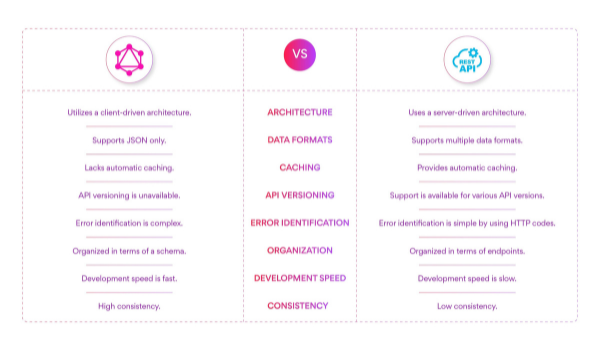
GraphQL vs Rest API
Related Post: Top 21 SQL Interview Questions and Answers for 2022
Summary
Be it designing an API product, or fetching data from different web sources, GraphQL and REST API provide several unique and similar features. REST API is ideal for robust authentication and caching of web services, whereas, GraphQL provides a modern design style and utilizes a single request for fetching data.
Developers must consider the pros and cons of GraphQL and the REST API along with the project requirements and size to choose the best API.
Are you an experienced API developer looking for a job?
Try Turing!
Turing helps software developers land their dream remote jobs in top US companies with long-term career growth and unmatched compensation. Visit the Apply for Jobs page to know more!
FAQs
- Is GraphQL good for microservices?
GraphQL allows you to model your data into graphs that help multiple applications work together.
- What are the best languages for REST API?
REST API mainly utilizes XML and JSON for data communication and Ruby on Rails, Python, and JavaScript for programming. - Is GraphQL scalable?
Yes, GraphQL is scalable to the extent that each component is independent of one another.
Join a network of the world's best developers and get long-term remote software jobs with better compensation and career growth.
